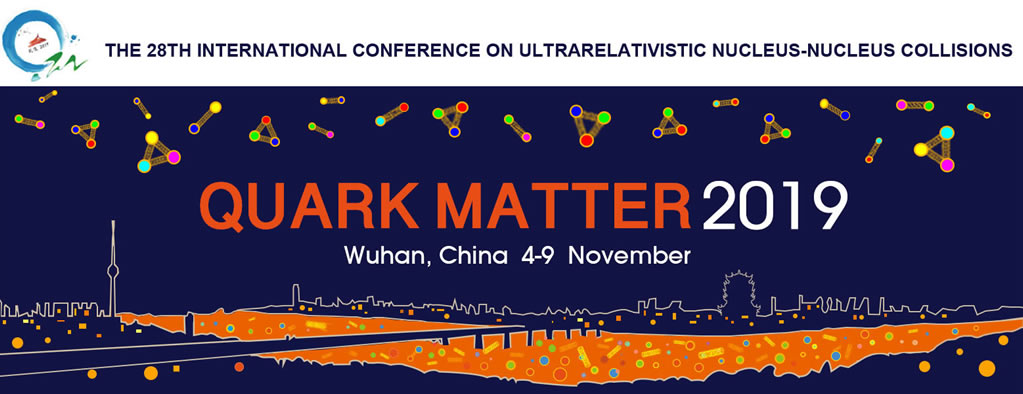Speaker
Description
Sexaquarks are a hypothetical low mass, small radius uuddss dibaryon which has been proposed recently and especially as a candidate for Dark Matter [1]. The low mass region below 2 GeV escapes upper limits set from experiments which have searched for the uuddss dibaryon and did not find it [1].
Depending on its mass, such state may be absolutely stable or almost stable with decay rate of the order of the lifetime of the Universe therefore making it a possible DarK Matter candidate [1].
Even though not everyone agrees [2] its possible cosmological implications as DM candidate cannot be excluded and it has been recently searched in the BaBar experiment [3[.
Its production in heavy ion collisions is expected to have a larger rate as compared to its production via the decay $\Upsilon \rightarrow S \overline{\Lambda} \overline{\Lambda} $ which is assumed in [3], due to new production modes that open up in heavy ion collisions at high energies namely through parton coalescence and/or thermal production, and the avoidance of requiring a low multiplicity exclusive final state.
We use a model which has very successfully described hadron and nuclei production in nucleus-nucleus collisions at the LHC [4], in order to estimate the thermal production rate of Sexaquarks with characteristics such as discussed previously rendering them DM candidates. The model has been extended by new calculations [5] allowing solid estimates for 6 quark states.
We show first results on a study of the variation of the Sexaquark production rates with mass, radius and temperature and chemical potentials assumed and their ratio to hadrons and nuclei and discuss the
interdependences and their consequences.
These estimates are important for future experimental searches and enrich theoretical estimates in the multiquark sector.
[1] G. R. Farrar, (2017), arXiv:1708.08951 [hep-ph] and G. R. Farrar, (2018), arXiv:1805.03723 [hep-ph]
[2] E. Kolb, M. Turner,Phys.Rev. D99 (2019) no.6, 063519
[3] BABAR Coll. J. P. Lees et al, Phys.Rev.Lett. 122 (2019) no.7, 072002
[4] K. A. Bugaev et al, Nucl.Phys. A970 (2018) 133-155 and references therein.
[5] K. A. Bugaev et al, To be published
